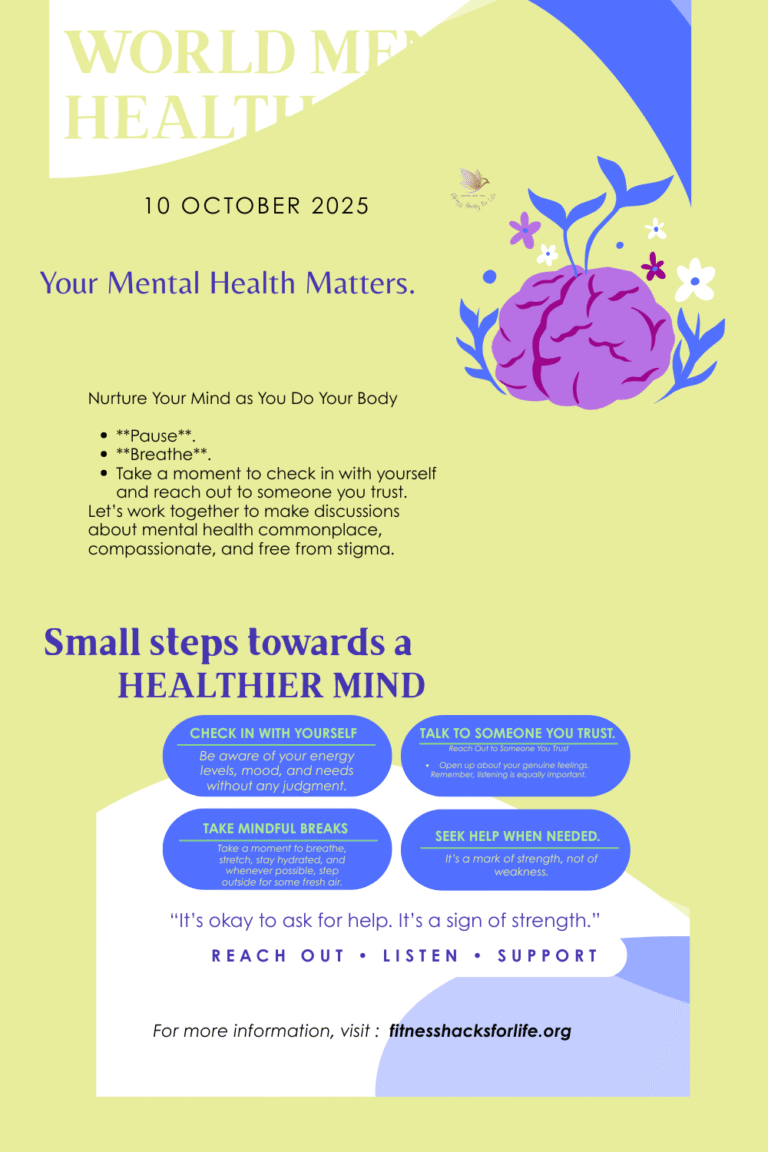The Silent Destroyer: What Is Stonewalling and How to Stop This Toxic Behavior
In committed relationships, conflict is inevitable, but how couples handle that conflict determines their longevity. Among the most damaging behaviors is stonewalling: the act of shutting down, withdrawing, and emotionally disengaging during a discussion or argument [1.5].
The renowned relationship researcher Dr. John Gottman identified stonewalling as the last of his Four Horsemen of the Apocalypse—four communication patterns that are highly predictive of relationship failure [1.7]. A partner who stonewalls metaphorically “builds a wall” between themselves and their loved one, becoming totally unresponsive [1.1].
Recognizing Stonewalling vs. Healthy Space
It is critical to distinguish stonewalling from simply needing a break.
Stonewalling is an uncommunicated withdrawal, often involving evasive maneuvers like avoiding eye contact, turning away, acting busy, or simply refusing to respond. It leaves the other partner feeling rejected, unheard, and desperate to restore connection, sometimes leading to “attachment panic” [1.7, 1.3].
Healthy Space is communicated and time-bound: “I’m feeling overwhelmed and need to take 30 minutes to calm down. I promise we will come back and finish this conversation later.” [1.1, 1.10].
Why Does Stonewalling Happen? The Science of Flooding
Stonewalling is rarely a malicious choice; it is often a physiological survival mechanism.
The core reason for withdrawal is physiological flooding (or Diffuse Physiological Arousal, DPA). When one partner feels overwhelmed by the conflict, their nervous system enters the fight, flight, or freeze response [1.4].
In this state, the body releases stress hormones like cortisol and adrenaline, and the heart rate can spike above 100 beats per minute. When this happens:
- The brain cannot function rationally; the ability to process information, listen, and empathize decreases [1.1].
- The partner physically shuts down to protect themselves or “self-soothe” [1.2].
The irony is that while the stonewaller is attempting to calm down, their partner experiences them as cold, distant, and uncaring, often escalating the conflict [1.7].
The Antidote: STOP and Self-Soothing
Dr. Gottman’s research offers a clear, two-step antidote to stonewalling for both the person who withdraws and the person on the receiving end.
1. STOP the Conversation and Request a Break [1.3]
The moment either partner feels the physiological signs of flooding (increased heart rate, tension, feeling overwhelmed, or the urge to withdraw), they must call a time-out.
- Agree on a signal beforehand: Use a neutral phrase like, “I need a time-out,” or a gentle gesture.
- Set a return time: The partner initiating the break must state when they will reconvene, for example: “I need 20 minutes to calm down. Let’s talk again at 7:30 PM.” Leaving the conversation “hanging” is just stonewalling [1.8].
2. Practice Physiological Self-Soothing (for at least 20 minutes) [1.3]
It takes a minimum of 20 minutes for the body’s physiological arousal to subside and for stress hormones to diffuse [1.3]. During this time, it is crucial to avoid rehearsing the argument or planning comebacks [2.7].
Effective self-soothing activities include:
- Calming Movement: Taking a short walk or exercising to burn off adrenaline [1.2].
- Grounding: Practicing deep breathing (like box breathing) or focusing on your five senses [1.2].
- Distraction: Reading a book, listening to music, or cuddling a pet [2.7].
When the partners return, they should re-engage with a “gentle start-up”—using “I” statements and avoiding blame—to ensure the conversation remains productive [2.7].
If Stonewalling is Chronic or Manipulative
While genuine stonewalling is rooted in flooding, chronic or sustained stonewalling (often resembling the Silent Treatment) can be a form of manipulation or control [2.3]. If the behavior is used to punish you, avoid accountability, or constantly leaves you questioning your sanity, it may be time to set firm boundaries or seek professional help [1.10, 2.1]. A Gottman Method-trained therapist can help couples learn healthy communication strategies to prevent flooding and build emotional safety [1.4, 2.3].
If you’d like to dive deeper into the relationship-damaging effects of the other three horsemen—Criticism, Defensiveness, and Contempt—let me know!
Understanding the psychology behind this behavior can help. You can learn more about Gottman’s research in this video: John Gottman’s Horsemen STONEWALLING (Relationship Advice).







